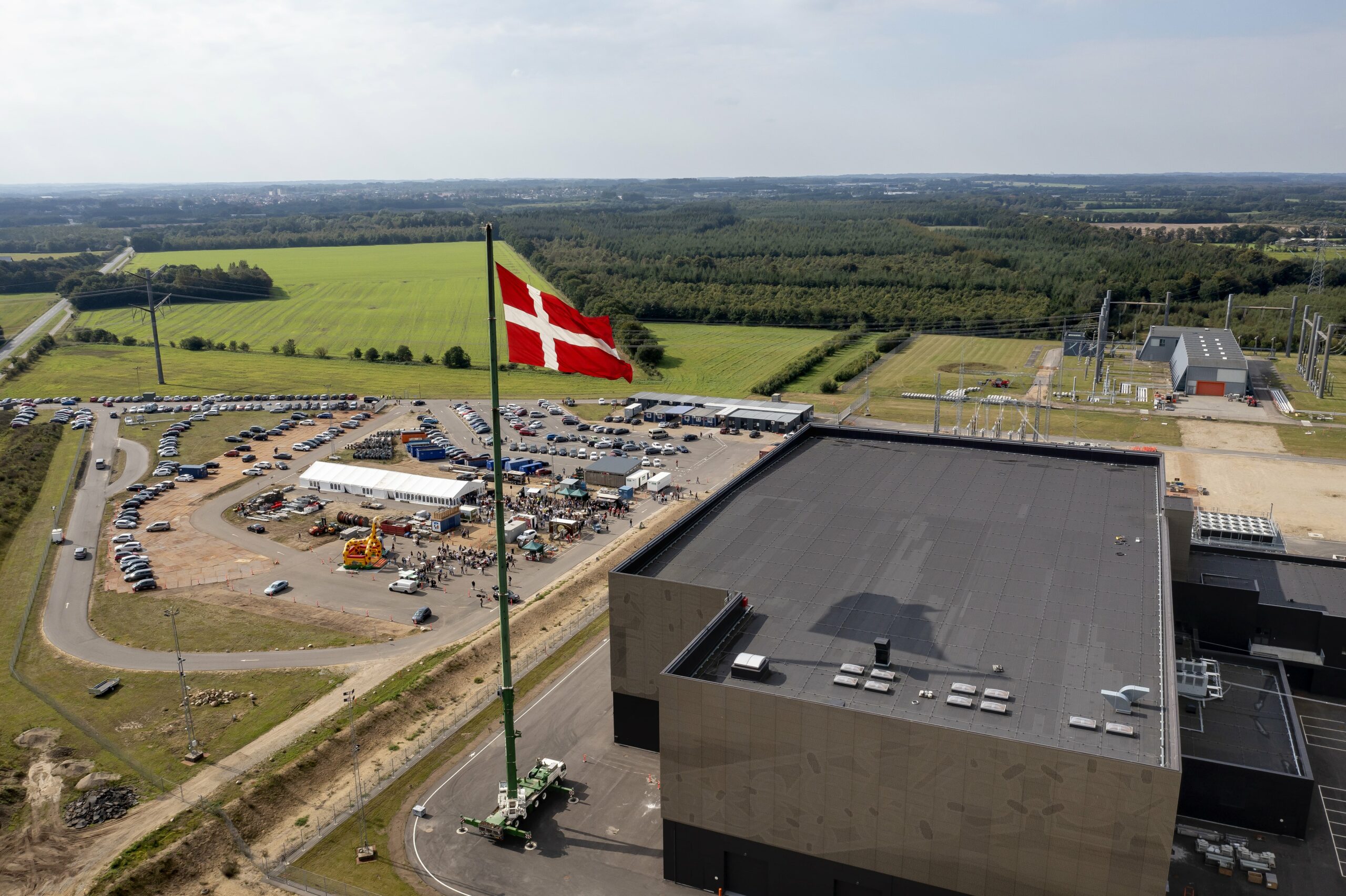Each of us would like to live and work in a building with a comfortable temperature, breathe clean air and pay lower heating bills. Is it just a wish, impossible to come true?
I’ll leave this question unanswered for now, but I’ll come back to it. Let’s just imagine that we live like this. The image is comforting. But in fact, few people in Poland live like that today.
The numbers speak for themselves
I’ll give you some numbers. We have over 14 million buildings in the country (including 5.5 million single-family houses), of which 70 percent do not meet the basic energy efficiency requirements and require thorough renovation. Air pollution kills around 100,000 people a year in Poland. This is the latest research from scientists at Harvard University and the University College London, published in the journal Environmental Research. There are no statistics that show the full scale of patients affected by smog – those suffering from asthma, lung diseases, allergies. What connects “energy vampire” buildings with the sick and dying people? Buildings, including single-family houses where most Poles live, are responsible for 80 percent of air pollution.
First, insulation
Efforts have been underway in Poland for several years to improve air quality through programs and regulations aimed at persuading citizens to change the type of heating. All the emphasis of the information campaign on this subject was placed on the new heating source, but overlooked the fact that the building owner or manager should first reduce the energy demand of the house. Only then will the owner not lose energy through uninsulated walls, roof and floors. By carrying out the thermal insulation process alone, the building’s demand for heat can be reduced by up to 70 percent!
The cheapest energy
Let’s go back to the dream of comfortable living, clean air and lower heating costs. It can become a real plan that can be fulfilled. And here are the conditions:
* public education campaign – from ordinary citizens to politicians – that the cheapest energy is the energy that is not used, while raising awareness about the multiple benefits of deep renovation.
* consistent and long-term support programs for renovation, planned year after year with thermal modernization only in this order – first insulation, replacement of windows and doors, which leads to reduction of energy consumption, and at the end the heat source replacement.
I will add a significant effect of such planned actions – increasingly important when we see an economic downturn – new jobs and stimulation of the economy caused by effective support programmes. Not to mention the money saved by reductions in energy bills.
And one last point. There are opinions that building renovation is expensive. But let’s face the truth and answer these questions: How much private and public money will we be wasting on energy-inefficient houses and other buildings? How much does the death of relatives and the treatment of their diseases due to smog cost? No one has counted this yet.


















